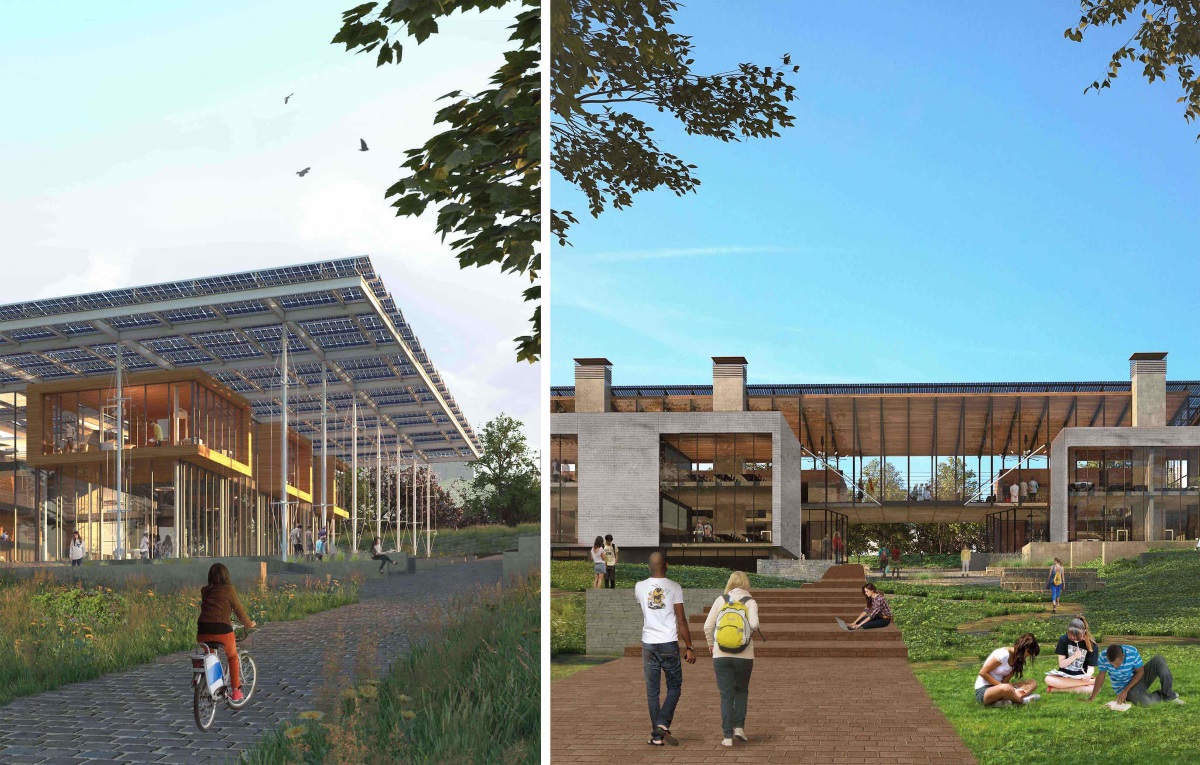Commentary: Ga. Tech Envisions Blueprint For Greener Future

Courtesy of Georgia Tech
Georgia Tech has just selected the architectural team of Lord Aeck Sargent and the Miller Hull Partnership to design what is expected to be the most environmentally-friendly building in the Southeast.
Imagine a building that produces more energy and water than it uses.
That is the challenge that Georgia Tech and architects face as they design a “net positive” building.
Originally the challenge required that buildings reach a net zero of water and energy used. But the Living Building Challenge 3.0 requires a building to have a net positive impact on the environment.
So that means the Georgia Tech building will have to produce more solar energy than it will need to operate and it will need to capture more rainwater than it can use. This requires the latest technology and state-of-the-art ideas on purifying and reusing wastewater.
All the materials used in the building have to be free of chemicals and treatment, and that could result in suppliers changing the way they produce building materials.
Joseph Greco, an architect with Lord Aeck, said they are looking at a couple of different design concepts for the building. The team is also studying buildings constructed before air conditioning to leverage the practices of natural ventilation and cooling.
When selecting among the final three architectural teams, Georgia Tech held an “idea competition” rather than a design competition.
Tech plans to adopt what it learns through the Challenge as a way to make its existing and future buildings more sustainable.
The building, which will be about 40,000 square feet, will have to be operational for a full year to make sure it meets all the criteria of the Challenge. It’s projected to open by the end of 2018.
Georgia Tech received a $30 million grant last fall from the Kendeda Fund to make this building a part of the community.
Backers hope the challenge will become a blueprint for how buildings are designed, for a greener future.
Maria Saporta is editor of SaportaReport.
9(MDAxODM0MDY4MDEyMTY4NDA3MzI3YjkzMw004))






